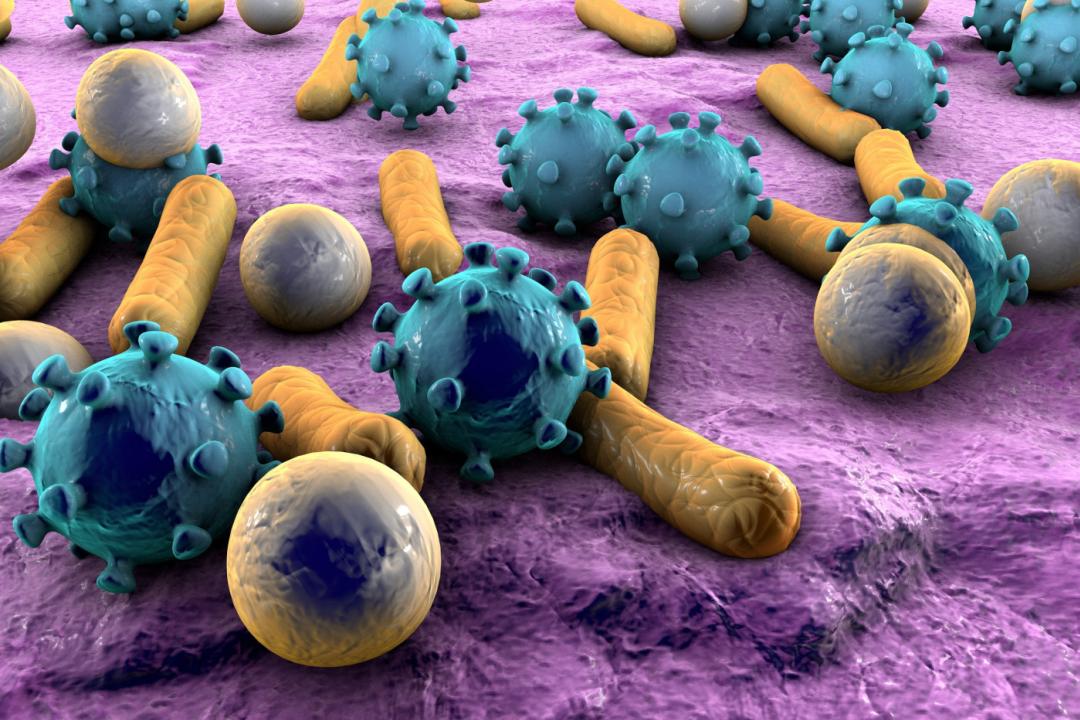Proper specimen collection is one of the most important steps in accurately diagnosing and treating bacterial or viral infections. The quality and integrity of the sample collected can directly impact whether or not a pathogen is detected in the laboratory. Poor sample collection techniques run the risk of providing false negative test results or contaminating the specimen, decreasing its diagnostic value.It is crucial for healthcare providers and patients to understand proper collection procedures to obtain samples that allow microbiologists and pathologists to make an accurate diagnosis.
Recommended Collection Methods for Bacterial and Viral Specimen Collection
There are a variety of specimens that may be collected depending on the suspected site of infection. Some of the most common include:
Throat/Nasal Swabs - Throat and nasal swabs are commonly used to test for respiratory pathogens like streptococcus or influenza. Sterile Dacron or rayon swabs with plastic or wire shafts should be used and inserted into the throat or both nostrils and rotated several times. The swab should be placed in transport media immediately after collection.
Sputum Specimens - Sputum, or mucus coughed up from the lungs, is useful for diagnosing infections like pneumonia. Deep coughing is required to bring up sputum from the lower respiratory tract. Saliva contaminates the sample and should be discarded. Two to three mL of purulent sputum should be collected in a sterile container.
Urine Samples - A clean-catch midstream urine Bacterial And Viral Specimen Collection is the standard for urinalysis and urine culture collection. Women should clean the vulvar area prior to collection. The first part of the urine stream should not be collected to avoid surface contamination. At least 10-20 mL of "midstream" urine should be placed in a sterile specimen container.
Wound/Abscess Drainage - Pus, drainage or material from a wound or abscess can be tested for bacterial pathogens. The area should be cleaned with saline prior to collecting a sample. A minimum of 0.5-1 mL of purulent drainage should be placed in a sterile tube without a swab.
Blood Culture - Blood is the ideal specimen for detecting bloodstream infections but must be collected appropriately to avoid contamination. Strict aseptic technique is essential and at least 10 mL of blood should be inoculated directly into blood culture bottles.
Follow Bacterial and Viral Specimen Collection Kit Instructions Closely
Each type of clinical specimen has specific collection guidelines to ensure the microbiology lab receives a quality sample for testing. It is critical that providers carefully follow the instructions included with commercially available collection and transport systems. This includes using the correct collection swabs, collection containers, transport tubes or other materials as indicated.
Bacterial and Viral Specimen Collection: Proper Labeling and Transport
Another crucial step is accurately labeling each specimen container with patient identification information immediately after collection. This helps ensure samples are not confused or lost prior to testing. Transport of clinical specimens to the lab also has timing guidelines that must be adhered to preserve the sample viability and integrity. Most bacteria and viruses can survive on appropriate transport swabs or in transport media for several days when refrigerated. However, certain pathogens deteriorate rapidly so samples are shipped or delivered to the testing lab promptly according to their specifications.
Improving Specimen Quality Leads to Better Patient Care
Adhering to optimal collection, transport and identification protocols maximizes the diagnostic potential of each clinical sample submitted to the microbiology lab. This allows pathologists to more reliably detect or rule out bacterial or viral infections. In turn, physicians have the accurate lab results they need to establish the correct diagnosis and direct patient care. Making sure collection techniques are followed appropriately is one of the simplest ways providers can help improve microbial recovery and yield definitive diagnostic outcomes for their patients.
Get More Insights on- Bacterial And Viral Specimen Collection
For Deeper Insights, Find the Report in the Language that You want:
About Author:
Vaagisha brings over three years of expertise as a content editor in the market research domain. Originally a creative writer, she discovered her passion for editing, combining her flair for writing with a meticulous eye for detail. Her ability to craft and refine compelling content makes her an invaluable asset in delivering polished and engaging write-ups.
(LinkedIn: https://www.linkedin.com/in/vaagisha-singh-8080b91)






